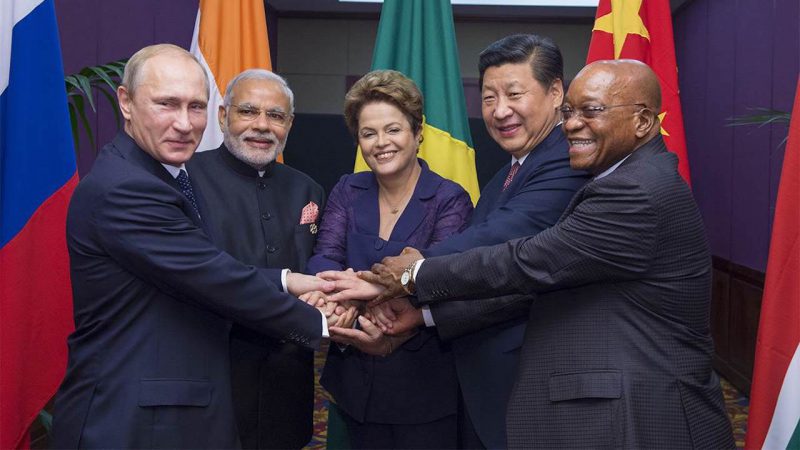As concern over de-dollarization grows, all eyes are on the shifting global powers. Yet, as the landscape begins to shift, the potential for the BRICS nations to surpass the G7 nations in economic growth becomes a greater reality.
This year, the BRICS collective of Brazil, India, China, and South Africa is expected to lead in contributing to economic growth, according to Bloomberg. Specifically, estimates show BRICS is set to contribute 32.1% of the world’s economic growth, compared to the G7’s 29.9%.
Economic Growth to See a New Leader?
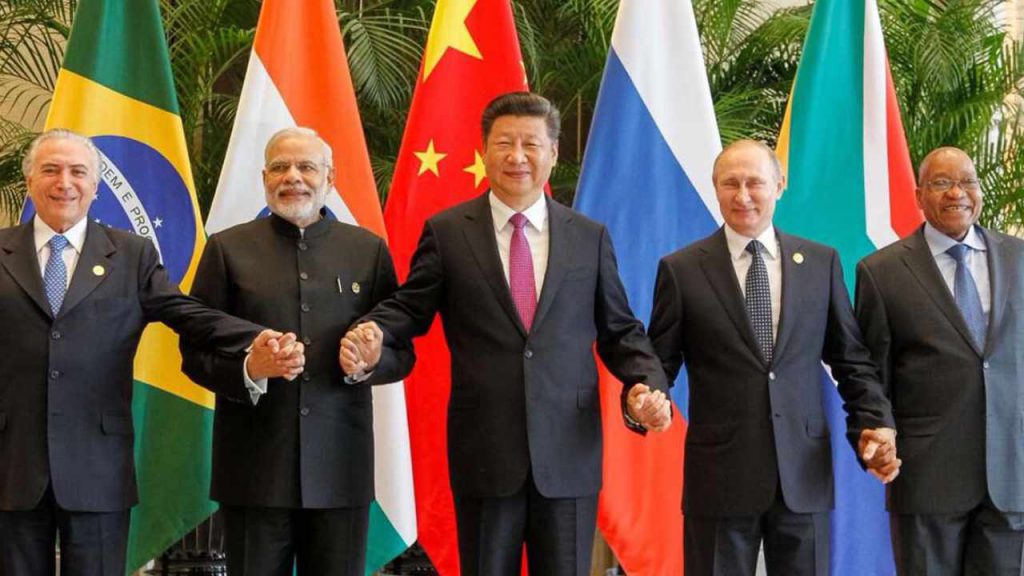

In 2023, the prominence of the BRICS nations will continue to make headlines. Moreover, as de-dollarization efforts remain at the forefront of the collective, the economic outlook of both has continued to dominate the discourse. Now, one of the most important questions remains regarding the potential for the BRICS nations to surpass the G7 in economic growth.
The G7 nations include the United States, the United Kingdom, Canada, France, Germany, Italy, and Japan. Moreover, the collective has consistently been the dominant economic power on a global scale. Yet, in recent years, that certainty has shifted in favor of the growing BRICS collective.
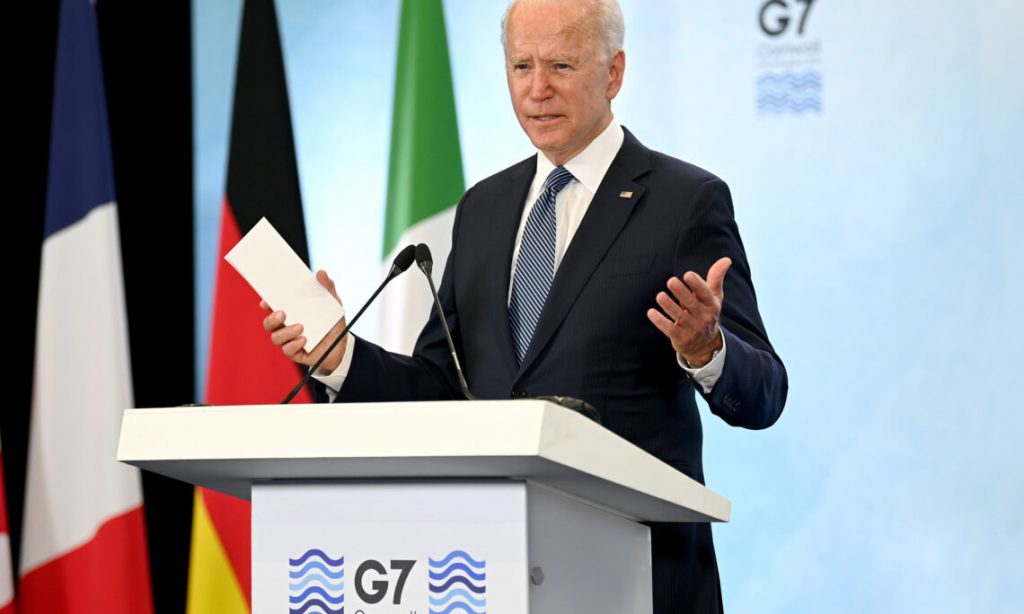

In 2020, Bloomberg analysis revealed that both the BRICS and G7 nations had each contributed equally in terms of economic growth. Conversely, the performance of the latter has seemingly declined since that moment. Moreover, that same bloc is expected to only contribute 27.8% of the global economy in the next five years, with the BRICS trending upward. subsequently contributing a more prominent 35%.
Bloomberg reported that “75% of global growth is expected to be concentrated in 20 countries and over half in the top four: China, India, the US, and Indonesia.” Additionally, noting that the G7 nations will make up a much smaller share of the top contributors. Specifically, only Germany, Japan, the United Kingdom, and France were observed by the analysis as the top 10 contributors.
China and India Pushing Greater Growth
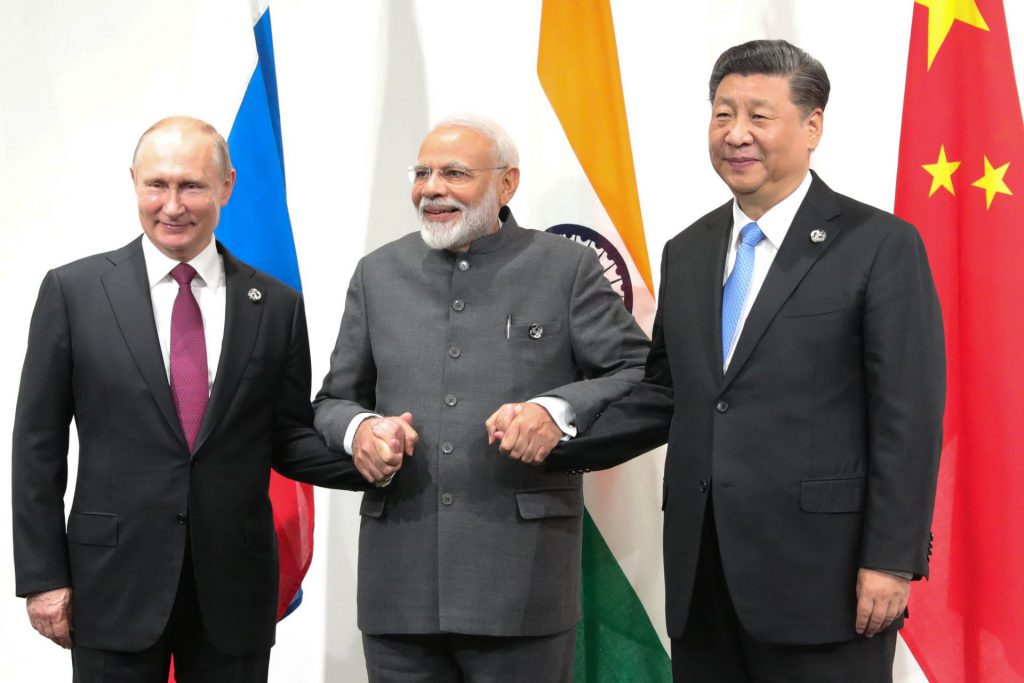

Understanding just how the BRICS nations are doing so well in terms of economic growth is seen in two of their most prominent countries. Specifically, both China and India are observed as some of the most promising economic performers in the coming years.
China is reportedly projected to contribute 22.6% of global GDP over the next five years. Additionally, India is following closely, with a global contribution of 12.9%. Alternately, the United States is predicted to contribute 11.3%, comparatively.
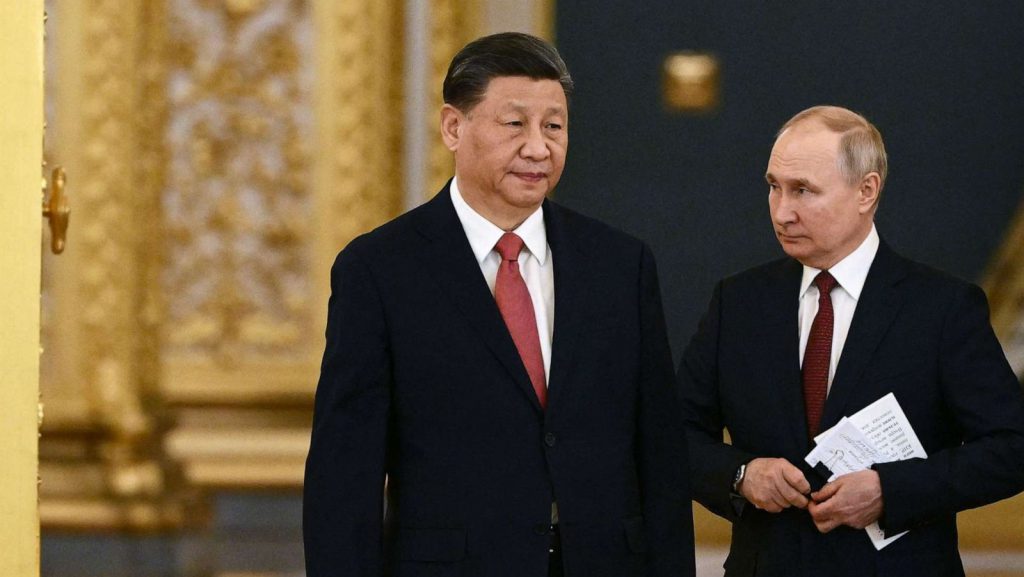

Conversely, macroeconomic factors note that the global economic outlook maintains a rather weak outlook. Specifically, Bloomberg notes that the outlook is the weakest over the last three decades. Additionally, the data supports the statements; as previously stated, 75% of global growth is concentrated in just 20 countries.
Yet, with half of that growth seeing two of the top four countries connect to BRICS, its dominance in economic growth seems to be a foregone conclusion. Additionally, the figures are expected to continue on their current trend, with the BRICS countries continuing to outpace the G7 nations. subsequently reaching a BRICS contribution of 31.5% by the year 2030. Surpassing the G7 contribution is expected to decrease to just 30%.
BRICS Growth Could Cement the Trend
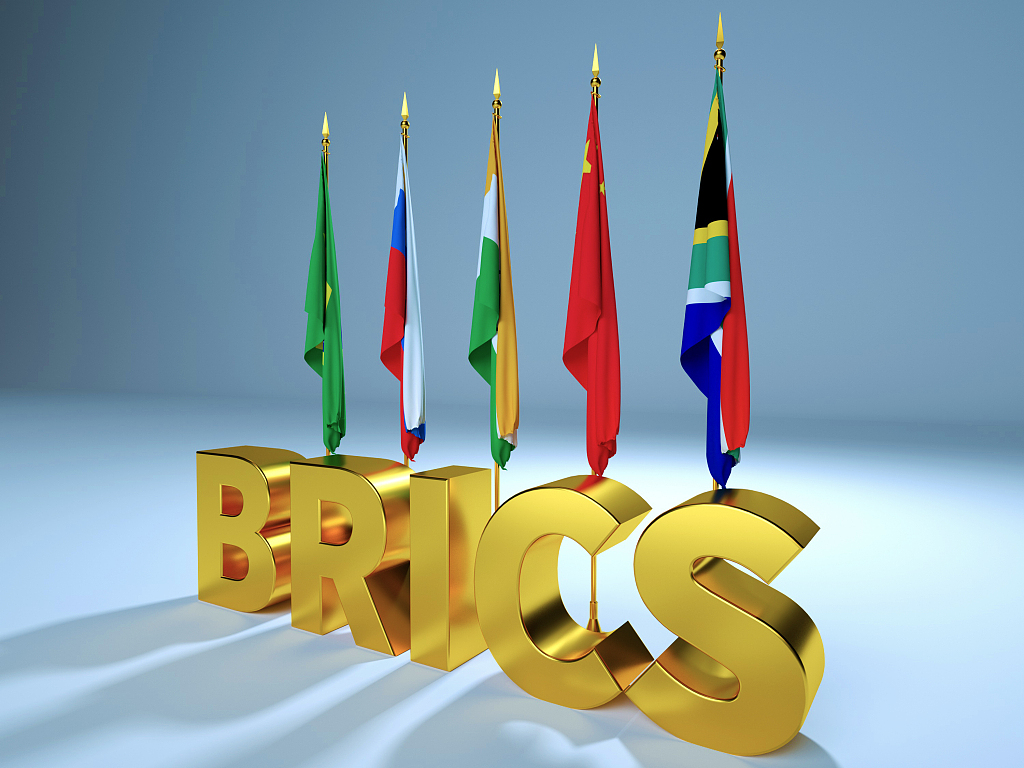

Additionally, what makes the potential economic growth figures even more certain is the potential for growth within the collective. Specifically, ahead of its annual summit, BRICS has noted 19 countries seeking membership. Thus, the potential for economic growth continues its upward trajectory.
Although there are no specific countries set to join the bloc, many have expressed interest. Moreover, the BRICS collective has ensured that they are open to potential expansion. Subsequently creating a situation where the economic growth of the collective continues its upward trajectory.
The BRICS New Development Bank has introduced a plethora of new countries. Specifically, Bangladesh, Egypt, and the UAE have all begun working alongside the BRICS financial institutions. Additionally, reports suggest that Mexico is interested in joining the BRICS collective. A development that would be interesting considering its long-held connection to NAFTA.


As these countries express interest in joining BRICS, the G7 nations are seemingly losing ground. Still, de-dollarization efforts and various macroeconomic factors won’t help their potential return to dominance. As the geopolitical landscape continues to shift, a new power has already emerged. How the trajectory continues to trend is now the observable metric in question.
The BRICS nations are poised to surpass the G7 nations in economic growth. Nevertheless, the fading power of the US dollar begs the question: how much will the disparity continue to grow? Moreover, it led many to contemplate just how the G7 countries could begin to seek a way back to relevance.





